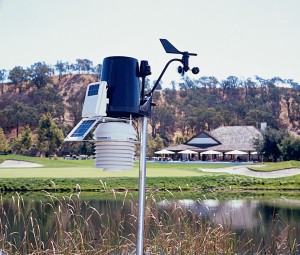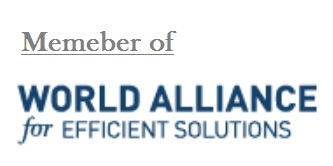- Study on Seasonal Variation of Watershed Characteristics in SCS-CN Model
- Study on, the khorasan Provinces Plains as Eligibility for Aquifers Artificial Recharge
- Optimizing and Manufacturing of Smart Systems for Water Resources Management in Farm
……………………
Study on Seasonal Variation of Watershed Characteristics in SCS-CN Model
Water management had found an important role in recent years. In countries such as Iran due to dry and semi-dry climate, shortage of water resources are more essentially.
In water resource management, precipitation-run off models have a special rule. In this regard, SCS-CN model is one of most functional models that suggested by soil conservation service of USA (For the time being this organization call NRCS, Natural Resource Conservation Service).
The model has already been applied for specified watersheds in US. However application for other parts of the world needs calibration. SCS-CN model is related with watershed conditions. Soil, recent moisture condition and texture of vegetation in watershed are the effected factors in this model.
Vegetation conditions at different seasons of year will be different, there for the main adjective of the current thesis is to investigate the characteristics of different seasons on the SCS_CN model. For this reason, two different methods applied. The RS technique used to monitor the changes of NDVI (Normalize Difference Vegetation Index) during the seasons of specified years. The other aspect of technique was calibration of SCS_CN model for 18 years in a reverse way to estimate the actual charges of CN at different seasons.
Final result showed that in Torogh watershed dam as the case study, there was no specified effect due to season changing on SCS-CN model.
Study on the khorasan Provinces Plains as Eligibility for Aquifers Artificial Recharge
Nowadays, because of unsustainable water resource management, most of plains in Iran, suffer from water shortage and the negative balance of ground waters. In some cases like Khorasan provinces (Shomali, Razavi and Jonubi) due to dry and semi-dry climate the condition is more critical to the extent that 16 plains in these provinces are in supercritical conditions.
It is obvious that balancing withdrawals from underground aquifers just can be achieved with the optimal and sustainable management of water resources.
In this regard, one choice for boost the aquifer is artificial recharge (based on the seasonal floods). For this reason, the best place for water to penetrate into the aquifer, is alluvial fans.
In the conducted research project by Abangah Group, the suitable places with high potential for aquifer artificial recharge identified and tests and investigations done.
These experiments include tests on the influence of soil aggregation in the context of the alluvial fan and data collection by local authorities.
In terms of project for the first time over 16 permeability and soil aggregation tests in 9 supercritical plains in Khorasan provinces carried out.
Optimizing and Manufacturing of Smart Systems for Water Resources Management in Farm
The Major user of water in the world is an agriculture section. Water using amount in this part, vary from 70% ( of total usage) in developed countries to 90% in developing countries such as Iran While the efficiency of water use (irrigation) in these countries is mostly low and non-optimal. For example, in Iran, according to the FAO report, the efficiency of water using in agriculture is about 30 %.
Improving the efficiency of irrigation have been influenced by items such as water management in farm which requires the existence and availability of crop and weather information.
Abangah Group which follow “Capacity Building for Sustainable Development” in different parts including agriculture, has defined some studies about smart systems of water management in farm and in this regard by considering local conditions has designed and produced samples of agro-meteorology smart systems.
In this regard, 4 patents have been recorded for Abangah up to now.
Selected Images in the Field of “Improving Water Resource Efficiency”




 sending...
sending...